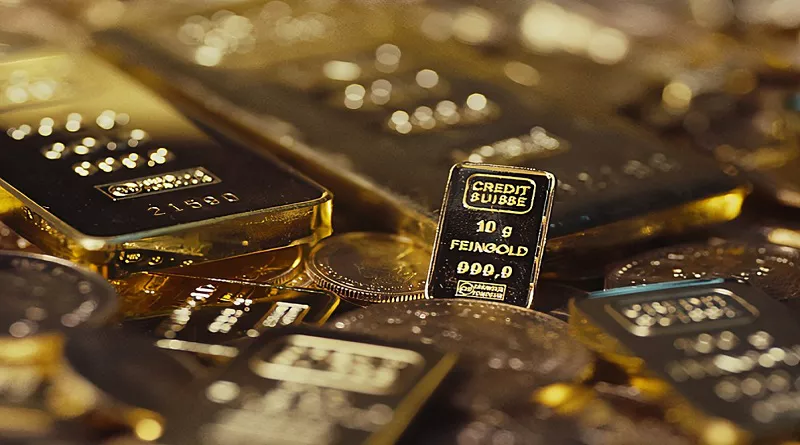In the face of mounting global uncertainty, central banks worldwide are accumulating gold at a historic pace, purchasing roughly 80 metric tons each month—valued at around $8.5 billion at current prices. This surge underscores a growing urgency among monetary authorities to diversify reserves away from traditional assets.
A January 2025 HSBC survey of 72 central banks reveals that over one-third plan to increase gold holdings this year, while none intend to reduce them. This consensus reflects a unified strategy toward gold accumulation amid geopolitical and economic turbulence.
The Catalyst: Eroding Confidence in the US Dollar
The turning point for many central banks came after the US and its allies froze Russia’s foreign reserves in 2022 following the invasion of Ukraine. This event sharply illustrated the risks of heavy reliance on the US dollar, prompting a doubling in the rate of gold purchases.
As Adam Lapinski, Governor of the National Bank of Poland, notes, “Gold is the safest reserve asset—it’s not directly tied to any one country’s economic policy, it withstands crises, and preserves real value over the long term.”
Unlike dollar assets, gold stored domestically is immune to sanctions and external interference, making it an increasingly attractive hedge against geopolitical risks.
China’s Quiet Accumulation
China’s central bank, the People’s Bank of China (PBOC), remains a key but secretive player. Despite limited official disclosures, Goldman Sachs estimates that China has been buying an average of 40 metric tons monthly since 2022. Trade patterns—including consistent imports of central bank-grade 400-ounce gold bars—even during periods when Shanghai prices lagged behind London, suggest deliberate reserve accumulation rather than commercial trading.
Similarly, Bloomberg data indicates that over 1,200 tons of central bank-grade gold have passed through Swiss vaults in the last three years, either held in storage or re-exported to unknown recipients, further reflecting strong demand post-2022.
Price Outlook: Goldman Sachs and JPMorgan’s Bullish Projections
Goldman Sachs forecasts gold reaching $3,700 per ounce by the end of 2025, fueled by ongoing central bank buying. JPMorgan Chase projects an even more dramatic rise to $6,000 per ounce by 2029, assuming a modest shift of 0.5% of global dollar reserves into gold.
Currently, gold constitutes only 6% of China’s reserves, in stark contrast to 75% for the US, Germany, France, and Italy, with a global average near 20%. Analysts suggest that emerging market central banks could realistically target this 20% level in the medium term.
A Gradual but Accelerating Diversification from the US Dollar
Taken together, these developments signal a gradual yet accelerating move away from the US dollar in global reserve portfolios. Central banks are diversifying not only into other currencies but increasingly into gold—a stateless, sanction-proof asset.
This historic wave of central bank gold accumulation could reshape the global financial system by reducing dollar dominance, raising gold prices, and setting a new foundation for reserve management.
Gold’s unique status as a reliable store of value immune to geopolitical weaponization is driving a fundamental transformation in how nations protect their wealth and hedge systemic risks. If current trends persist, the coming years may see gold emerge as the cornerstone of a redefined global reserve framework.


